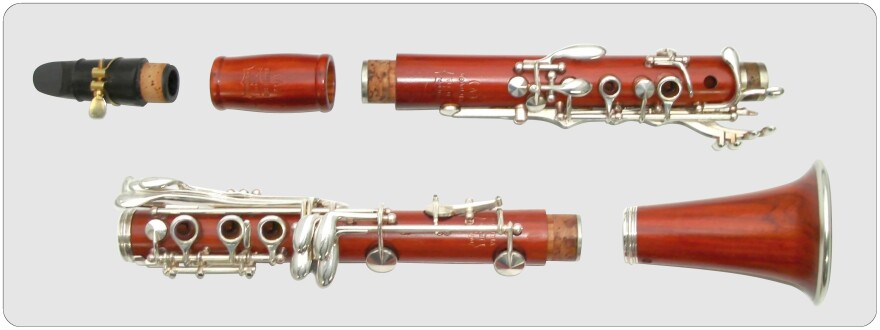As a kid, I loved watching my parents dance to records of swing music from Benny Goodman and his clarinet. That instrument could sound melancholy, warm, even funny.
The clarinet’s distinctive sounds are created from the wood of a tree in the rosewood family. Known as the mpingo, the Swahili name for “bloodwood,” it’s native to the dry forests of Africa.
It’s not a striking-looking tree. Gnarled and heavily branched, the mpingo grows no higher than 40 feet tall. Its superpower is the high density of its heartwood. Dense woods have tightly packed fibers, which allows sound waves to transfer vibrations into the clarinet’s air column efficiently, producing a powerful sound. And the wood vibrates for a long duration, creating tones that are resonant.
But the tree grows very slowly, taking up to 100 years to get to a harvestable size. So, although mpingo can provide income for local economies, it’s been harvested to extinction in some areas.
But there is hope. All species of rosewood — along with over 40,000 other species — are now protected under a treaty to protect endangered plants and animals from the threats of international trade. That agreement is called the Convention on International Trade in Endangered Species or CITES.
CITES is not the ultimate solution to protect rare plants. It can’t directly address habitat loss, poverty alleviation and market demand. But it is one important approach to ensure that the mpingo tree — and the wonderful music it produces — will flourish.



